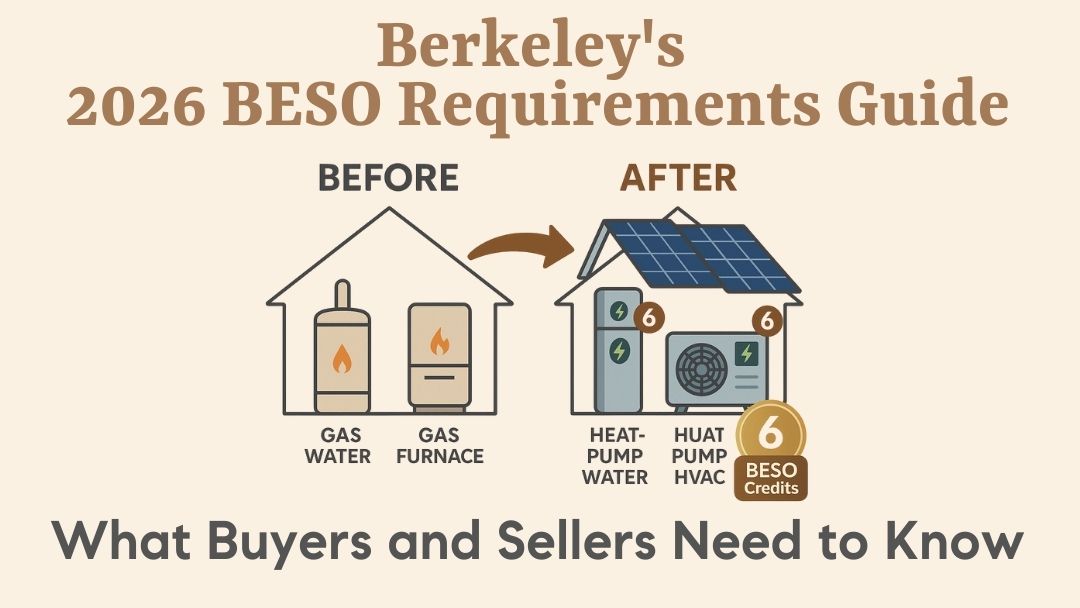Wow! How things can change in just a few months. Tariffs, trade wars, stock market gyrations, and now a proposed tax bill that could add $4 trillion (or more) to the national debt. That must mean it’s time for my May 2025 real estate market update. I’m going to look at some recent economic data and think a bit about how the Trump administration tariffs might impact mortgage interest rates in the months and years to come. I’ll finish with a closer look at the local real estate market to help you better understand what to expect moving forward.
Recent Economic Reports
In April 2025, consumer prices ticked up just 0.2%—a modest increase that landed right in line with expectations. On an annual basis, inflation cooled slightly to 2.3%, marking the lowest reading since early 2021 and offering a bit of breathing room after several years of economic whiplash.
Shelter costs continued to climb (+0.3%), while energy prices jumped 0.7%, driven largely by fuel volatility. Meanwhile, food costs dipped, led by a sharp 12.7% drop in egg prices (finally!). Still, not all categories offered relief: household furnishings surged 1%—their biggest monthly gain in over two years—fueled in part by new tariffs on Chinese imports.
Core inflation, which strips out food and energy, held steady at 2.8% year-over-year. That stability suggests the underlying pressures in the economy are easing, but not gone.
The wild card? Trade policy. While the administration recently announced a temporary pause on certain country-specific tariffs, a 10% across-the-board tariff remains in place. Economists expect this to feed into future price increases, with inflation potentially rising to 3.4% by year-end.
The Fed is holding its benchmark rate steady between 4.25% and 4.50%, signaling a wait-and-see approach as they watch how tariffs and global supply dynamics play out.

In April, the Producer Price Index (PPI) for final demand decreased by 0.5%, marking the first decline since October 2023. Year-over-year, the PPI increased by 2.4%, suggesting modest inflation at the wholesale level.
Somewhat surprisingly, the U.S. labor market demonstrated continued strength, adding 303,000 jobs—surpassing expectations and marking the most significant monthly gain since May 2023. This growth was broad-based, with substantial contributions from education and health services, government, and leisure and hospitality. Notably, the leisure and hospitality sector seems to have fully recovered its pandemic-era job losses.
The unemployment rate edged down to 3.8%, aligning with economists’ forecasts, while the labor force participation rate increased to 62.7%. Average hourly earnings rose by 0.3% month-over-month and 4.1% year-over-year, outpacing the 3.2% annual inflation rate, indicating real wage growth.

Economic Implications
The latest inflation and jobs reports paint a picture of a resilient, if complex, economy. Inflation eased while the U.S. added over 300,000 new jobs, signaling continued strength in the labor market. Wage growth is now outpacing inflation, giving consumers more real spending power. But the story doesn’t end there: new tariffs on Chinese goods could reintroduce pricing pressures later this year, potentially pushing inflation up.
Looking ahead, there are three plausible scenarios shaping the economic landscape: a return of inflation, the onset of a recession, or the more complex challenge of stagflation. A resurgence of inflation is the most immediate concern, driven by recently imposed tariffs on imported goods, which are already showing signs of pushing prices higher in categories like home furnishings. If these trade-related costs ripple through the broader economy, we could see inflation climb back above 3% by the end of the year.
A recession appears less likely in the near term. The labor market remains strong, with April seeing healthy employment and wage growth outpacing inflation. These are not signs of an economy in decline. However, persistent high interest rates and potential global instability could introduce drag in 2026 if left unchecked.
Stagflation—a rare but thorny mix of high inflation and stagnant growth—remains a low-to-moderate risk. It’s not today’s reality, but if inflation heats up while job creation slows, especially under sustained trade pressures or geopolitical stress, it could emerge as a longer-term challenge.
For now, we’re most likely in a soft landing scenario: inflation is cooling, employment is healthy, and the Fed is staying cautious. But the next few months will be critical in determining which path the economy ultimately takes.
One Big Beautiful Bill (OBBB)
In light of these recent economic reports, the House of Representatives recently passed the “One Big Beautiful Bill” act which is poised to significantly influence the U.S. economy, particularly concerning federal debt levels, the Treasury market, and mortgage interest rates.
The OBBB extends the 2017 tax cuts, introduces new tax exemptions (such as eliminating taxes on tips and overtime pay), and increases spending on defense and border security. While it includes some spending cuts, notably to Medicaid and clean energy programs, these are insufficient to offset the revenue losses. The Congressional Budget Office estimates that the bill will add approximately $3.8 trillion to the national debt over the next decade, raising concerns about fiscal sustainability.
The anticipated increase in federal borrowing to finance the expanded deficit is exerting pressure on the Treasury market (demand for U.S. government treasury bonds). Investors are demanding higher yields to compensate for the increased supply of government bonds and perceived fiscal risks. This has led to a rise in long-term Treasury yields, with 10-year yields reaching 4.6% and 30-year yields surpassing 5% . Additionally, Moody’s has downgraded the U.S. credit rating, citing concerns over the country’s fiscal trajectory
Impact on the Local Real Estate Market
As we know, mortgage rates are closely tied to long-term Treasury yields. As these yields rise, so do mortgage rates. Currently, the average 30-year fixed mortgage rate is hovering just below 7%, up from 6.71% in April . The increase in mortgage rates is making home loans more expensive, potentially cooling the housing market and affecting affordability for prospective buyers.
In Berkeley last month, the citywide median sale price reached approximately $1.6 million, representing a 19.6% year-over-year increase. This surge reflects strong buyer demand and limited inventory, particularly in desirable neighborhoods. However, this citywide trend masks important divergences. For instance, West Berkeley has experienced a pronounced uptick in value, with the median home price climbing 14.4% to $1.22 million. In contrast, the Berkeley Hills saw a softening in prices, with the median sale price dropping 8.3% to $1.68 million.
Market activity has also picked up. In April, 70 homes were sold in Berkeley—a 7.7% increase compared to the same time last year. Homes are selling quickly, with a median of just 15 days on market, reinforcing the competitive nature of the environment. Inventory also ticked upward, with active listings increasing 16.7% from March to April, totaling 21 homes for sale at the end of the month.
Taken together, these trends suggest a resilient market. Prices are climbing in many areas, and buyer competition remains fierce. However, softening in certain segments like the Berkeley Hills and a modest increase in inventory may indicate the early signs of balance returning—offering a potential opening for buyers in what has otherwise been a seller-dominated landscape.
Summary
As we move into the summer season, the Berkeley real estate market remains as dynamic as the broader economy—shaped by rising interest rates, global uncertainty, and shifting local demand. Whether you’re considering selling, buying, or simply trying to make sense of where things are headed, I’m here to help. If you’d like a complimentary market valuation of your home or want to talk through your personal real estate goals, let’s set up a time to connect. The right strategy starts with a clear understanding—and there’s no better time than now.




